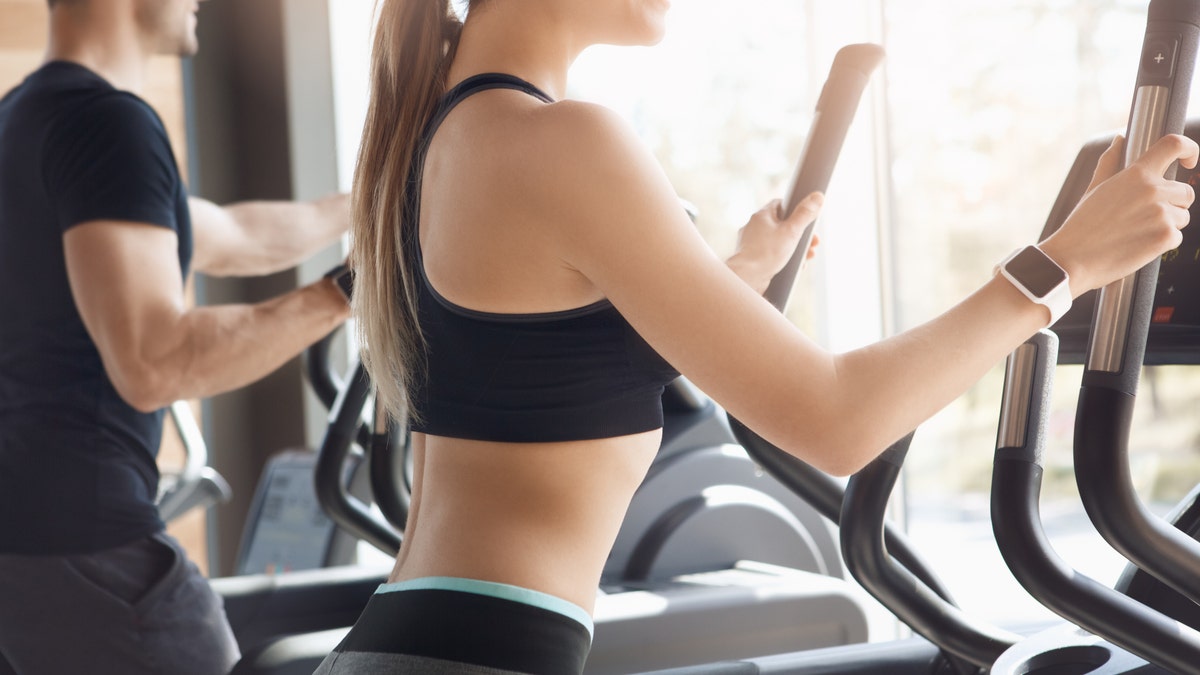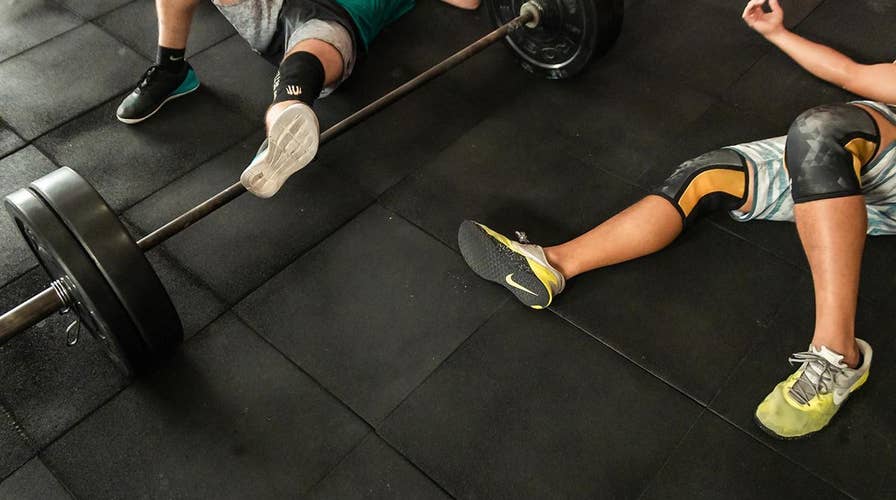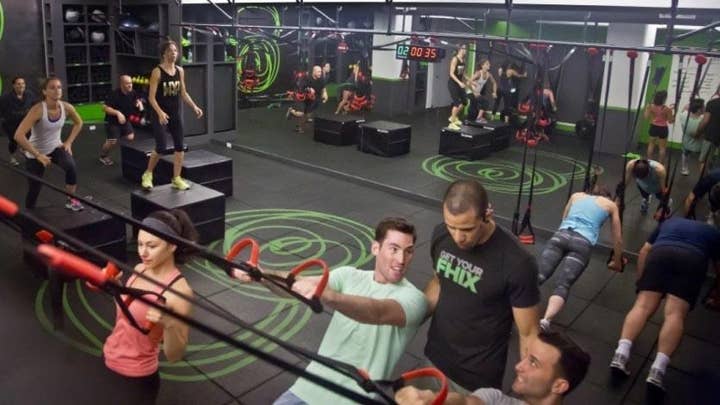'Workout hangovers' taking a toll on work productivity
A study finds one in four active Americans did not go to work a day after overdoing it at the gym.
The elliptical gets a bad rap for being an ineffective workout tool, but that’s only because most people use it wrong. Tweak these bad habits to get the most out of your workout.
You only ever use the elliptical
Using the same equipment at the gym in the same way every single time is not only monotonous, it can also hinder your ability to meet your fitness goals in the long run.
“Working out your body the same way every day can lead to overuse of certain body parts that may result in injuries,” says Ryan Halvorson, senior editor of Idea Health & Fitness Association and a personal trainer in San Diego, Calif.
If you don’t want to give up the elliptical, fitness experts suggest incorporating an elliptical workout into a high-intensity interval training (HIIT) routine; this means you alternate between high-intensity exercise for 30 seconds to a minute and low-intensity exercise for one to two minutes.
Instead of an hour straight on the machine, try doing as many burpees or mountain climbers as you can in 30 seconds, then hop on the elliptical for a minute or two to let your muscles recover.

Once your body starts to get comfortable with a workout routine, that’s when you know it’s time to kick it up a notch. Increasing your resistance is the best way to ensure you keep progressing. (iStock)
You always use the ‘fat burn’ button
Don’t let that “fat burn” button fool you into thinking that the weight will melt off quicker. The fat burn option helps you burn more fat at a lower intensity, but the problem is that you’re not burning nearly as many overall calories.
“If you want to lose weight, you want to burn calories,” says Dani Singer, Fitness Director of Fit2Go Personal Training in Baltimore. “Whether you’re burning carbs or fat is irrelevant, weight loss is about the calories that you’re burning.” High-intensity workouts are most efficient for fat burn and weight loss because you burn more calories and get that added benefit of the “after burn” effect.
After a physically intense workout, your body breaks down fat and continues to burn more calories to repair your muscles and replenish your energy sources. Make sure to avoid these post-gym mistakes, too.
You pay too much attention to the numbers on the machine

Most cardio machines can only detect weight and age, and that’s only if you plug in your own information. But overall, they can’t detect who is using it in terms of body type, fitness level, height, or body fat percentage. (iStock)
You can’t help but feel victorious when the “calories burned” window on your elliptical dash hits triple digits. But there’s a catch – those numbers may be skewed.
Most cardio machines can only detect weight and age, and that’s only if you plug in your own information. But overall, they can’t detect who is using it in terms of body type, fitness level, height, or body fat percentage, which means the numbers on the machine during your elliptical workout may not be accurate to you.
In fact, researchers from the University of California at San Francisco found that the elliptical overestimated calorie burn by 42 percent.
“Don’t pay attention to the numbers on the machine. Pay attention to how hard you’re working because that’s correlated with calorie burn more than the machine,” says Singer.
You lean on the static handles
Leaning on the static handles in the center console is one of the most common mistakes trainers see at the gym. If you’re slouched over the handrails constantly, your body doesn’t work as hard because the handles act as your support throughout the workout instead of your body.
“We already spend a lot of time slouched, so why reinforce it while you exercise?” says Halvorson. “Elliptical machines allow you to stand nice and upright to help improve posture, promote better circulation, and work muscles more efficiently.”
To maintain good posture, engage your abs and pretend there’s a string attached to the crown of your head and the ceiling, pulling you up straight and tall.
For an additional burn during an elliptical workout, take advantage of those swinging handlebars (if your machine has them) to work out your arms and shoulders, too.
You never change the resistance
Once your body starts to get comfortable with a workout routine, that’s when you know it’s time to kick it up a notch. Increasing your resistance is the best way to ensure you keep progressing.
“If you’re keeping the same pace and distance your body will adapt and reduce the overall calorie burn and physical improvement,” says Halvorson. “It’s not the best bang for your buck.” As you up the resistance, make sure it’s feasible for your body to keep moving.
Poor nutrition, training too hard, and not enough sleep may also put you at risk for an exercise plateau.
This story was originally published by Reader’s Digest. Read more here.


